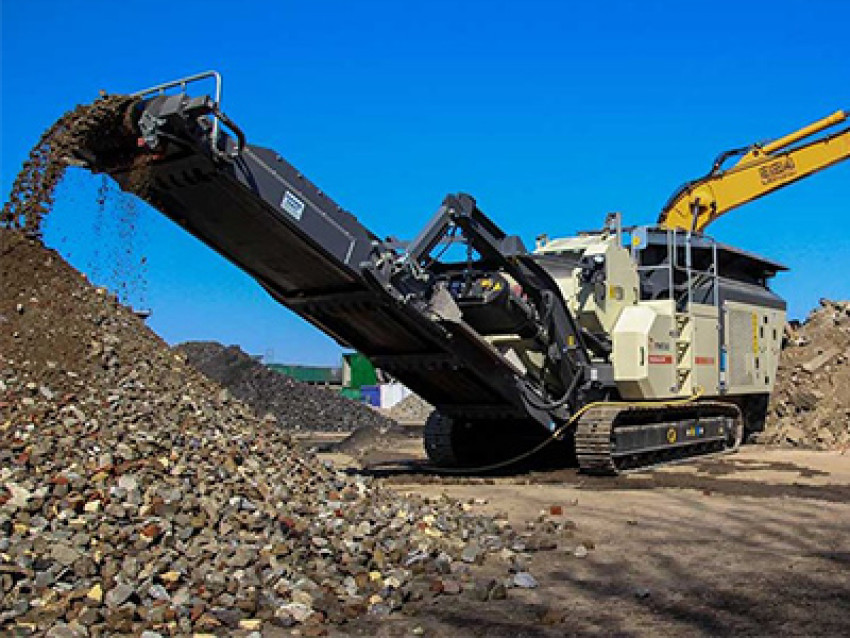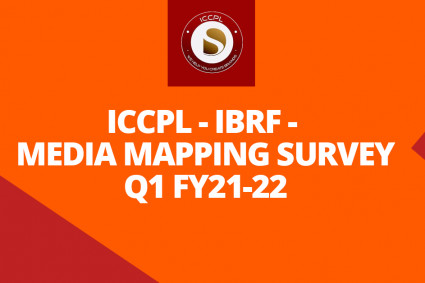
Crafting an effective crushing aggregate plan is akin to orchestrating a symphony of raw materials, machinery, and logistics. This article delves into the intricacies of this process, offering insights into understanding aggregate planning, key elements in its design, and practical strategies for seamless implementation.
I. Understanding Aggregate Planning
A. Definition and Scope
Defining Aggregate Planning: Crafting a crushing aggregate plan involves strategizing the production of crushed materials over a specific period. It is the art of harmonizing demand, production capacity, and resources to optimize efficiency.
The Scope of Aggregate Planning in Crushing Operations: Beyond mere production, aggregate planning extends to encompass supply chain dynamics, environmental considerations, and regulatory compliance. A holistic approach is essential for sustained success.
II. Key Elements in Designing a Crushing Aggregate Plan
A. Assessing Production Requirements
Analyzing Raw Material Quantities: The cornerstone of any aggregate plan is a meticulous assessment of raw material requirements. This involves scrutinizing geological data to ascertain the composition and volume of materials to be crushed.
Factoring in Production Timeframes: Efficient planning extends to the temporal domain. Understanding production timelines is vital for synchronizing the crushing process with market demands, preventing bottlenecks, and ensuring timely delivery.
B. Equipment Selection and Optimization
Matching Aggregate Crushers to Material Characteristics: A nuanced understanding of the materials being crushed is imperative for selecting the right crushing equipment. Each material comes with unique properties, and the equipment must be tailored to maximize efficiency and product quality.
Considering Scalability for Future Demands: A well-designed aggregate plan is future-proof. Selecting equipment and designing processes with scalability in mind ensures the ability to meet increasing demands without a complete overhaul of the production system.
C. Environmental and Regulatory Considerations
Navigating Compliance in Aggregate Crushing: Aggregate planning is not solely about production; it also involves navigating a complex web of environmental and regulatory standards. Adherence to these standards is not just a legal requirement but a moral obligation in the age of sustainable industry practices.
Implementing Sustainable Practices: Going beyond compliance, integrating sustainable practices into the aggregate plan is a proactive step. This includes energy-efficient processes, waste reduction strategies, and embracing eco-friendly technologies.
III. Implementation Strategies for a Robust Aggregate Plan
A. Integration with Supply Chain
Aligning Aggregate Planning with Overall Supply Chain Goals: A crushing aggregate plan should seamlessly integrate with broader supply chain objectives. Coordinating production with distribution ensures a streamlined flow from raw materials to the end product.
Enhancing Coordination between Production and Distribution: Communication between production and distribution channels is pivotal. A well-designed aggregate plan fosters collaboration, minimizing delays, and optimizing inventory levels throughout the supply chain.
B. Utilizing Technological Solutions
Leveraging Automation for Efficiency: In the age of Industry 4.0, automation plays a crucial role in aggregate planning. Incorporating automated processes not only enhances efficiency but also reduces the risk of errors in the production line.
Incorporating Data Analytics for Continuous Improvement: Data analytics provides valuable insights into production trends, equipment performance, and market demands. Harnessing this data facilitates informed decision-making, allowing for continuous improvement in the aggregate planning process.
C. Monitoring and Adaptation
Establishing Key Performance Indicators (KPIs): Key Performance Indicators serve as the compass in the aggregate planning journey. Metrics like production efficiency, material utilization rates, and compliance indices provide tangible benchmarks for success.
Building Flexibility into the Plan for Dynamic Adjustments: No plan survives untouched by unforeseen circumstances. Building flexibility into the aggregate plan allows for dynamic adjustments, ensuring resilience in the face of market fluctuations, regulatory changes, or unexpected disruptions.
In conclusion, designing a crushing aggregate plan is a multifaceted endeavor that demands a thorough understanding of materials, meticulous planning, and a commitment to sustainability. By embracing technological advancements and integrating with broader supply chain goals, industries can not only meet current demands but also pave the way for a resilient and adaptive future.





